Best things to do in Frankfurt
You have probably heard about Frankfurt because of a travel connection through the airport or by train, but Frankfurt is much more than that! It is also much more than a business center as the city has much to offer to those who take the time to visit it! What is the city known for? Its skyline, new old town, apple wine, green sauce, Christmas market and much more! So whether you are visiting the city for a couple of days, visiting for a business trip or doing a layover, this guide is for you! Here are the best Frankfurt attractions.
We visited Frankfurt in a true BRB fashion, the hubby had to do a business trip and I tagged along. After all, BRB is all making the most of travelling while working full-time. Looking for more tips while working full-time? Head to my Plan from the office section.
A little about Frankfurt
Frankfurt's complete name is Frankfurt am Main, Frankfurt over the Main river. Frankfurt is a new and modern city that is often nicknamed Mainhattan, the play on words with Manhattan due to its numerous skyscrapers, a rarety in Germany, and the river Main. The other nickname is Bankfurt for all its financial institutions, after all, it is home to the European Central Bank.
Frankfurt is the fifth-most populous city in Germany and is constantly named as one of the best cities to live in the country and Europe. It has less than 1 million inhabitants and it is an easily walkable city with lots of things to do.
In terms of history, the city is named after the Franks and was one of the most important cities of the Holy Roman Empire. It is the city that served many imperial coronations and the Frankfurt Cathedral was the crowning place. You will be able to see this part of the history through the cathedral and the Archaeological Garden which has ruins of an ancient Roman settlement and the Frankfurt Royal Palace (Kaiserpfalz Frankfurt) from the 6th century. The Archaeological garden is located right in the city center, between the Römerberg and the cathedral. The city has always been an important political and economic hub and has for a big part of its history been a Free City.
Frankfurt was severely bombed during World War II, and as much as the rest of Germany, the city was destroyed. The iconic medieval city centre and most notable landmarks of the city were completely destroyed. The city took several decades to reconstruct into what it is today. After the war, Frankfurt rose to be Germany's leading financial centre since Berlin was divided and occupied.
Today Frankfurt is a green city full of culture, great restaurants and full things to do!
Pst: Not to be confused with Frankfurt (Oder) (also known as Frankfurt an der Oder), a small town near the Poland border.
Best things to do in Frankfurt
Admire the New Old Town
One of the main tourist attractions of the city is the New Old Town, the DomRömer Quarter. This part of the city refers to the reconstruction of the historic center. Completed in 2018 after the city tore down a brutalist building that was in the way of the old Coronation trail. The result? The city reconstructed 15 medieval buildings based on old blueprints and photographs. In fact, before the destruction, this sector was the largest timber-framed old town in Europe. For the buildings that the city couldn’t compile all of the plans, they did 20 new buildings with new designs that could blend with the old styles. In my opinion, this is the prettiest part of the city. The buildings that you see with the traditional half-timbered architectural style are called Ostzeile. In the 17th century, the corner house, named "Grosser Engel", became the home of Frankfurt's first bank.
At the heart of this new complex, lies the Römerberg, the public space and the Römer, it is a complex of nine houses that form the Frankfurt city hall (Rathaus). The Kaisersaal ("Emperor's Hall") is located on the upper floor and is where the newly crowned emperors held their banquets.
The Frankfurt Cathedral (Frankfurter Dom) - its full name is St. Bartholomew's Cathedral (Dom St. Bartholomäus) - overlooks the whole square. While technically not a cathedral, it is generally referred to as such. The Gothic church was built in the 14th and 15th centuries. It was the crowning place for many kings and emperors throughout history. The church was destroyed by a fire in 1867 and was again partially destroyed during WWII. Next to the church, don’t forget to visit the Archäologischer Garten Frankfurt to see the Roman ruins.
This part of the city is also home to the famous Frankfort Christmas market. The market is one of the oldest German Christmas festivals. And who doesn’t love a Christmas market? I personally loved them! Here is my Christmas market guide!
One of the great things about this part of the city is that it is completely pedestrian, so take your time to stroll around and take beautiful pictures of the buildings.
See the Frankfurt Skyline from above in the Main tower
Frankfurt skyline is unique in all of the country because of the main skyscrapers, and dare I say Europe? It has 17 out of Germany's 18 skyscrapers. Most of these new buildings are located in the financial district (Bankenviertel) and they mostly have offices that occupy these spaces. The city hosts 2 of the tallest buildings in the EU, the Commerzbank Tower and the Messeturm.
The skyline can be seen from everywhere in the city but you can see it better from the river banks or from the Eiserner Steg (iron bridge). This pedestrian footbridge was originally built in 1911 (and rebuilt since) and links the Sachsenhausen district to the downtown core.
However, the best place is the observatory deck platform, the Main tower. This skyscraper is 200-meter-tall Maintower and it is the fourth tallest building in the city. It offers a great point of view of the whole city! There are two public viewing platforms on its top floors.
I’m always looking for a restaurant or bar with great views and worry not, the Main Tower has a fancy restaurant on the building's 53rd floor. Unfortunately, I couldn’t dine there but definitely on my must-do for my next visit!
Become a culture vulture at the Museum District: Museumsufer
Very few cities in the world have the museum density that Frankfurt has, after all, it has its own museum district. Did you know that the city has 38 museums? Yes, you read that right, 38 museums! The city holds one of the largest variety of museums in Europe. Most of the museums are located near the Main riverbank. In fact, the Frankfurt Museum Embankment has 9 museums in a row. This gives a unique cultural landscape to the city. The museums range from natural science to communications to modern art, it has quite literally something for everyone.
The museums have many fun cultural events, if you happen to visit during one of them, the Night of the Museums in spring or the Museum Embankment Festival the last weekend in August, then you will have a festival to remember!
You must be wondering what are the must-do museums. Well, I have a few suggestions for you!
The Städel Museum (Städelsches Kunstinstitut und Städtische Galerie) is the most well-known fine art museum, it has an impressive collection of paintings from Rembrandt, Monet, Degas and Chagall to name a few. I really enjoyed visiting it, when I was there, there was an exposition from Rembrandt. In the downstairs section, there are more contemporary art pieces and the architecture of the ceiling changes completely bringing a new dynamism and modernism to the building.
The Frankfurt Historical Museum (Historisches Museum Frankfurt) was founded in 1878, and since then, it has exposed cultural and historical objects relating to the history of the city and to Germany in general. This is a great way to dig deeper into the history of the city.
Because I’m a film geek (after all I work in animation) I had to visit the Film Museum (Deutsches Filminstitut). The museum starts by explaining the advent of film and its inventors. You can see old contraptions like magic lamps or nickelodeons that explain the beginning of the film. Then, the second part explains more modern filmmaking and glances over storytelling, sound, editing, costumes and other elements that are crucial to a film. The museum also has a cinema and does projections of cool films.
Frankfurt is the birthplace of Germany's greatest writer, Johann Wolfgang von Goethe. The family home was converted into a museum, the Goethe House and Museum, and it shows how it was to live in the 18th century. You can learn more about his works and the Baroque and Romantic periods. Next door to the house, there is now a brand new museum dedicated to this period, The German Romanticism Museum.
Another museum that might be worth going to is the Senckenberg Natural History Museum (Naturmuseum Senckenberg). While not in the museum district, this museum, like all-natural museums, explains biodiversity and evolution but the coolest thing is that it houses Europe's biggest exhibition of large dinosaurs! Because who doesn’t love dinosaurs?
Visit the Eschenheimer Turm
The Eschenheim Tower (Eschenheimer Turm) was a city gate, part of the late-medieval fortifications, it is now one of Frankfurt's main landmarks. The tower was built in the early 1400s and is 47 meters high. Today, the tower houses a café and meeting rooms used by local historical societies. While you are here, go see the Stock Exchange, which is in the same district. This was built in 1879 and is the largest in the country. Did you know that Frankfurt has one of the largest stock exchanges?
Take a tour or a sightseeing cruise
There is no better way to learn about a city than to take a guided tour. Let a professional guide you through the main sightseeing spots, and talk about the history and anecdotes about the city. For example, did you know that there was a house on top of the cathedral for a firefighter? Or that Goethe’s father would skip church to fix his astronomical grandfather clock? These are the fun stories that make history relatable. The tours usually take 3 hours. If you have limited time, this can be the perfect way to learn about the city and discover the main attractions. Plus, the guide will be able to answer all of your questions. I loved the tour given by the tourism office.
Another great option is to take a sightseeing river cruise. These range between 50 and 100 minutes, the boat will slowly cruise on the river passing by some of the most important places of the city while describing some of the elements or its history. Onboard, you can eat and have a drink while enjoying the view. I took the cuise with Primus-Linie.
Hang out at the Palm Garden
Palm Garden (Palmengarten) is a massive botanic landscape in central Frankfurt with 54 acres. It is in fact, the largest botanic garden in Germany. It opened in 1871. The garden, besides having endemic plants in the region of Europe, has numerous greenhouses that have many subtropical and tropical plant species. In the summer, this is a great place to picnic and enjoy the weather.
The other botanical garden in the city is Botanischer Garten der Goethe-Universität, the university's botanical garden which has an arboretum with around 5,000 species of plants.
A short walk from the Palm Garden is the Europaturm. This is a 337-meter-tall telecommunications tower also known as the "Tower of Europe". You can also visit the platform to admire the views and go to the restaurant.
Go Shopping!
Frankfurt is a mecca for shopping. For expensive shopping of prestigious designer brands like Prada or Louis Vuitton, head to Goethestraße. It is located right in the city center near the financial district. For more affordable shopping, go to Zeil, a pedestrian street and the myZeil, a modern mall with very cool architecture. Even if you are not buying anything, it is worth checking it out from the inside and outside. Berger Straße and the Brückenviertel (Bridge Quarter) in Sachsenhausen, have more unique types of shops, think thrift stores and sneakers shops. Another Frankfurt main shopping street is the Kaiserstraße. While you are shopping, take a look at the buildings, a few places in Germany where you can still find authentic 18th-century buildings that have not been destroyed in WWII.
Learn about Jewish history
The Jewish community in the city in the 19th century was very prosperous and well-integrated into city life. It was in fact, the second-largest Jewish community in Germany, after Berlin. Sadly, like in the rest of Germany, when the Nazis took over, everything was lost. More than 11,000 Frankfurt Jews were deported to concentration camps or systematically murdered. Anne Frank was born in Frankfurt before going into hiding in Amsterdam where she wrote her journal. Today, the community is also the second biggest in the country.
All throughout the city you can learn about the community. You can learn about the Jewish ghetto or through the different commemoration plates. If you see plaques on the ground, they represent houses that used to belong to someone in the community, you can learn if they survived or if they were executed or died in a concentration camp. The city has also a dedicated tour and various museums like the Jewish Museum Frankfurt and the Museum Judengasse. The Rothschild Palais focuses on the Jewish life and culture in Frankfurt from 1800 to today. The old palace belonged to the wealthy Rothschild family. On his part, the Museum Judengasse has the foundations of 19 houses dating back to the foundation of Europe's first Jewish ghetto in the 1400s. You can see how difficult life was in the ghetto.
Admire the Alte Oper
Located downtown, the old Opera house is a beautiful building. Constructed in the style of the Italian High Renaissance in 1880, the building has many delicate ornaments. What you see today is a reconstruction of the original building reopened in 1981, Today, while the operas are not played here it is still an important concert venue. If you are not planning to go to a function, you can still admire the building during the day and during the night.
While Opera is the prime cultural representation in the city. theatre also plays a major part. The English Theatre is the largest English-language theatre in continental Europe. This is because the city is home to numerous expats.
Things to eat in Frankfurt
Drink Apple wine, not beer
Not drinking beer in Germany? Yes, shocker, I know! The official drink in Frankfurt is their famous Apfelwein (apple wine). It is very similar to hard cider, a little sweet, a little tart, a little sour.
Frankfurters are very peculiar in how this is supposed to be served. You must drink it in a glass decorated with lozenges, called "Geripptes", a full glass is then called "Schoppen". The glasses are served from a stoneware jar the "Bembel". The bembles are blue and white and have a very distinctive form and floral pattern. If apple wine is not served in this glass and in the bemble then you are not drinking it the intended way.
There are a few ways to drink it as well, you can drink it straight, which is typically reserved for people who like stronger alcohol. You can drink it as a "sauergespritzer", cider diluted with water or as a süssgespritzer" mixed with soda (lemon or orange).
As you can imagine, there are also particular places where you can drink apple wine. Most of the typical pubs are located in Sachsenhausen where you can enjoy a traditional meal at big communal tables. This part of the town is also a good place to visit as it is usually very lively and has a more traditional feel.
Eat traditional Frankfurt cuisine
Frankfurt has many delicious plates to indulge in. The most famous dish is Green sauce (Grüne Soße), a sauce made of seven fresh herbs, namely borage, sorrel, garden cress, chervil, chives, parsley and salad burnet, they can change according to the season, and cream. The sauce is often served on hard-boiled eggs or a Schnitzel. I know, it does not look very appetizing but it is delicious!
Of course, while in Germany, you need to eat sausages! There are 2 types of sausages Frankfurter Würstchen a thin sausage made of smoked pork and Frankfurter Rindswurst made of pure beef.
Frankfurter Rippchen – Also known as Rippchen mit Kraut, this is a traditional dish that consists of cured pork cutlets, slowly heated in sauerkraut or meat broth, and usually served with sauerkraut, mashed potatoes and yellow mustard.
For cheese lovers, you have Handkäs mit Musik, a sour milk cheese. The traditional way of producing it is by hand, hence its name. When it is topped with raw chopped onions it becomes "Handkäs mit Musik" (with music) because the onions are supposed to stimulate the digestive system. The taste of this cheese is very strong but delicious.
Pss: If you are lactose intolerant, like me, I highly recommend you take your pills, you will want to try these plates!
Indulge at the Kleinmarkthalle or at a museum restaurant
After all of the museum visits, you will get hungry and what better way to indulge your taste buds than eating at one of the renowned restaurants in one of the museums? I highly recommend going to Emma Metzler located in the Museum Angewandte Kunst (Museum of Applied Arts). It has a view of the museum park and beautiful decor, the restaurant looks like an art gallery. The international award-winning cuisine French-German menu is crafted by the chef and owner Anton de Bruyn. The restaurant is also known for its tarts. A must-go!
Kleinmarkthalle is a public market. The market dates back to 1954 and has 150 market stalls selling everything from Frankfurt sausages, fresh fruits and veggies to marzipan. The second floor is a terrace decorated with flower boxes. There is also a wine shop run by a family-owned local winery, they will help you pair the wine with your purchases downstairs. If farmers’ markets are your thing, then visit the Erzeugermarkt Konstablerwache, the state’s largest farmers’ market.
Frankfurt is home to many immigrants from multiple nationalities and each community has great restaurants portraying their cuisine. We ate at a Persian restaurant Babam, a true delight. The city also has many Michelin-starred restaurants.
One-day Frankfurt itinerary
If you only have one day in Frankfurt what should you do? I have the answer for you! Above I gave you a lot of options for you to choose from so you can mix and match the activities. However, If you have limited time, I will choose these 6 options below.
Your first stop should be the New Old Town, Römerberg, where you can admire the beautiful architecture and really immerse yourself in the center of the city.
On your second stop, I would take the sightseeing cruise by the river to enjoy the city from another perspective and to learn a little about its history.
For lunch, I will delight in the traditional Frankfurt cuisine with cider.
In the afternoon, I would enjoy the views from the observation deck in the Main tower.
Walk around the Alte Oper and the Eschenheimer Turm.
Close the day with a dinner in a high-end restaurant with a quintessential German beer.
As you can see if you only have 24 hours in Frankfurt you can still fit a lot in.
Practical tips for Frankfurt
Pro tip: Most of the restaurants and shops are closed on Sunday and the museums are closed on Monday so keep this in mind when planning your trip.
I would recommend getting the Frankfurt Card. This is your key to unlocking the best of the city—enjoy unlimited access to public transportation, exclusive discounts at museums and attractions, and explore Frankfurt.
Where to stay in Frankfurt?
We stayed in the beautiful Ruby Louise Hotels, located in Frankfurt’s fashion district, this hotel is trendy and hip. I loved the decoration and wished I could decorate my apartment with this mid-century / modern street look. The hotel calls its style Lean Luxury where you have comfortable amenities at cheap prices. The price per night is around 100 euros. They have a bar with in-house cocktails overlooking one of the hype terraces in the city. Trust me, this is the place to be.
GETTING IN AND OUT of the city
Frankfurt is a major airport and train hub for Germany and Europe. You will have 0 difficulties arriving in the city. Frankfurt Airport (FRA) is a major international airport and is one of the busiest airports in Europe. The main train station is called Frankfurt Central Station and is the largest railway station in Germany by railway traffic. If you are going to other parts of the country or Europe by train, you will most likely arrive or leave through here. If you decide to drive, the city is also Germany's biggest Autobahn interchange.
GETTING AROUND
Walk! The city is small enough to walk everywhere. Public transport is also extremely developed. There are two rapid transit systems: the U-Bahn and the S-Bahn. An-ground tram system and buses. You can also get around biking or with electric scooters.
Day trips
Frankfurt has a great list of day trip options. The most popular ones are the beautiful spa town of Baden-Baden, the Black Forest, the small towns near the Rhine River and the Rhine Valley to name a few.
TAP WATER
You can drink tap water so ditch your plastic bottle and fill your reusable bottle at the hotel.
POWER
Germany has two plug types, types C and F. Germany operates on a 230V supply voltage and 50Hz. So don’t forget your adapter if you are coming from North America.
Are you ready to explore the beautiful city of Frankfurt?
Disclaimer: The German tourism board and the City in Frankfurt gifted me with lunch, the sightseeing tour and a private tour. As always, all opinions are our own.



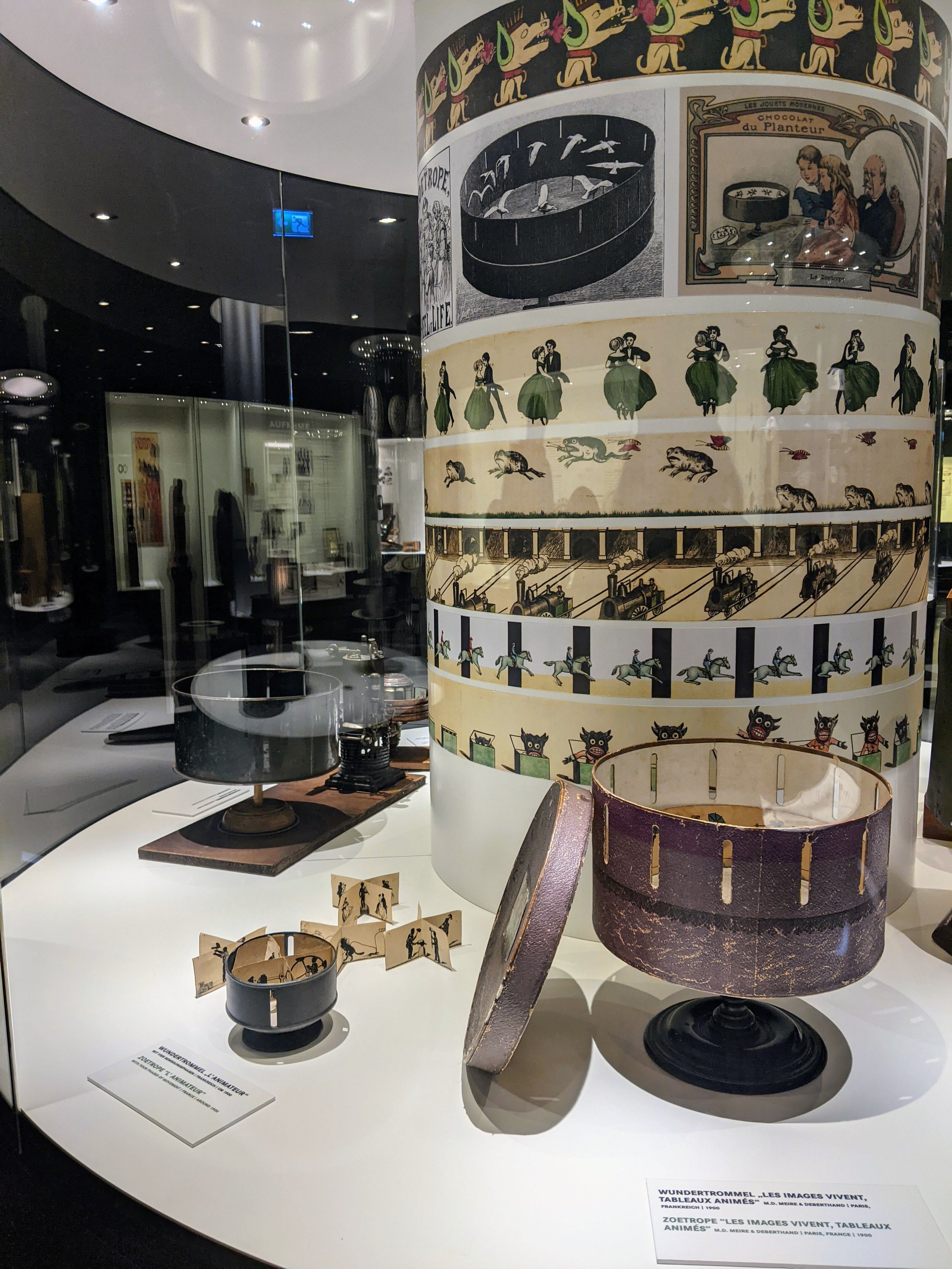
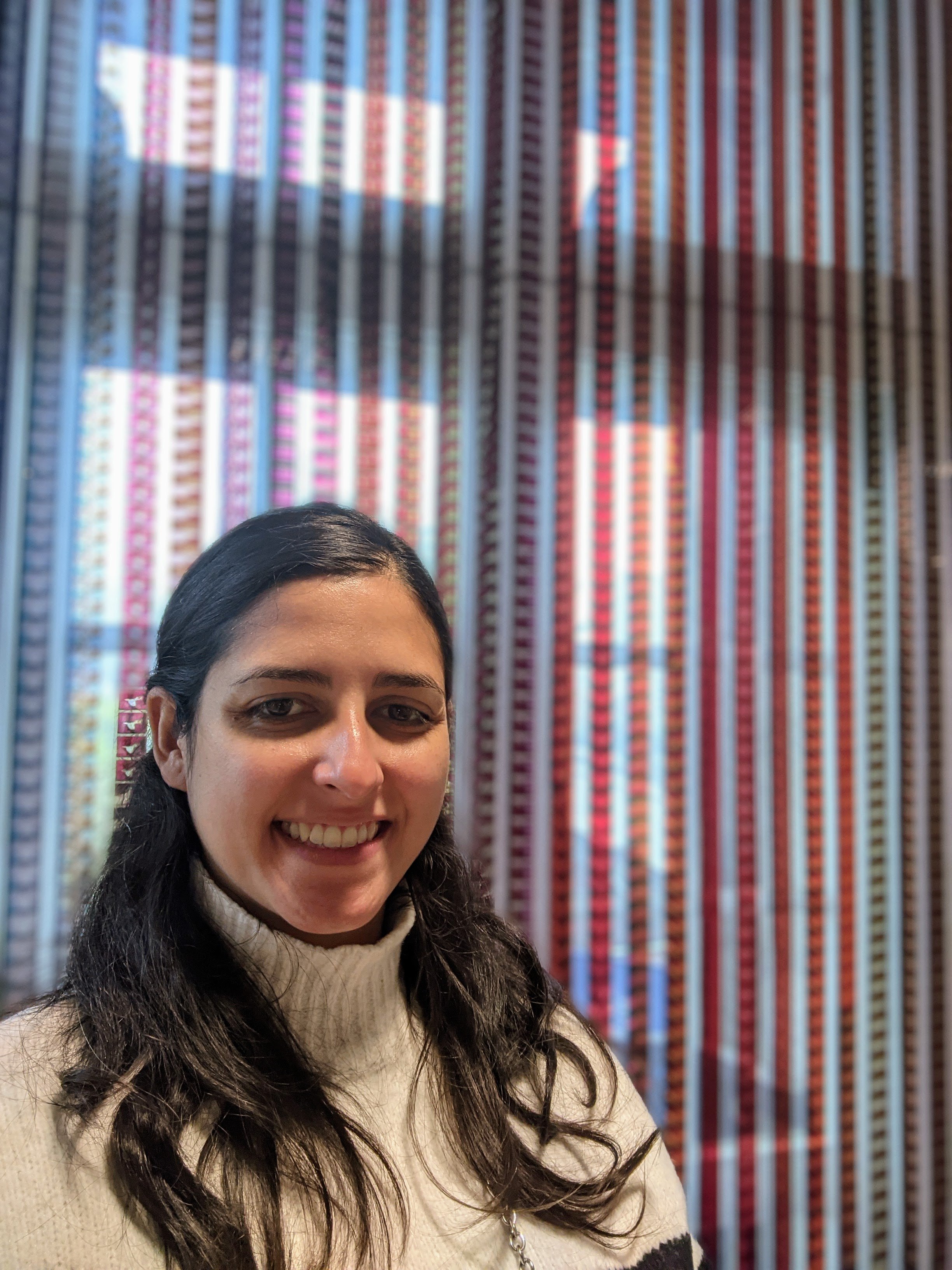
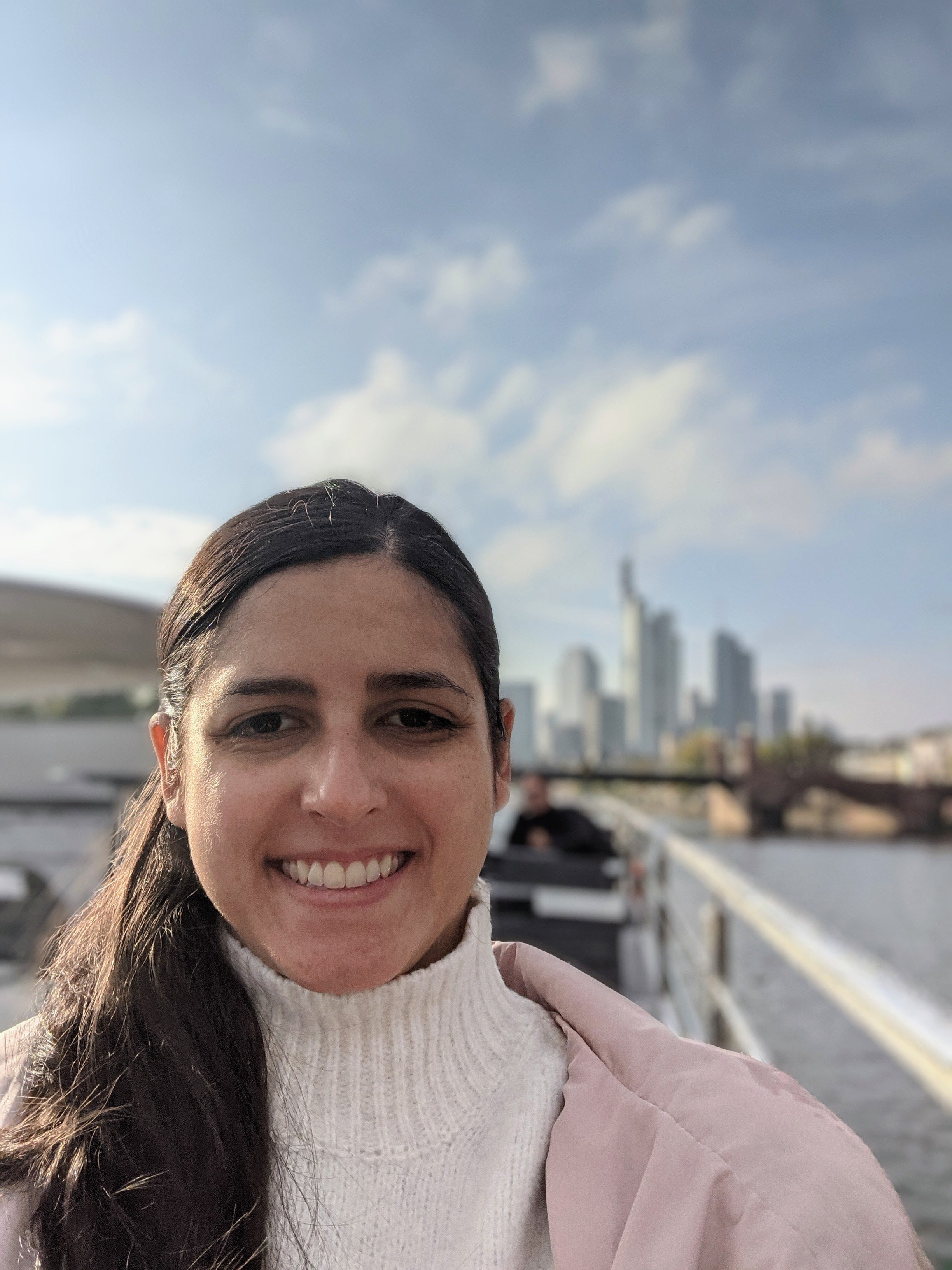
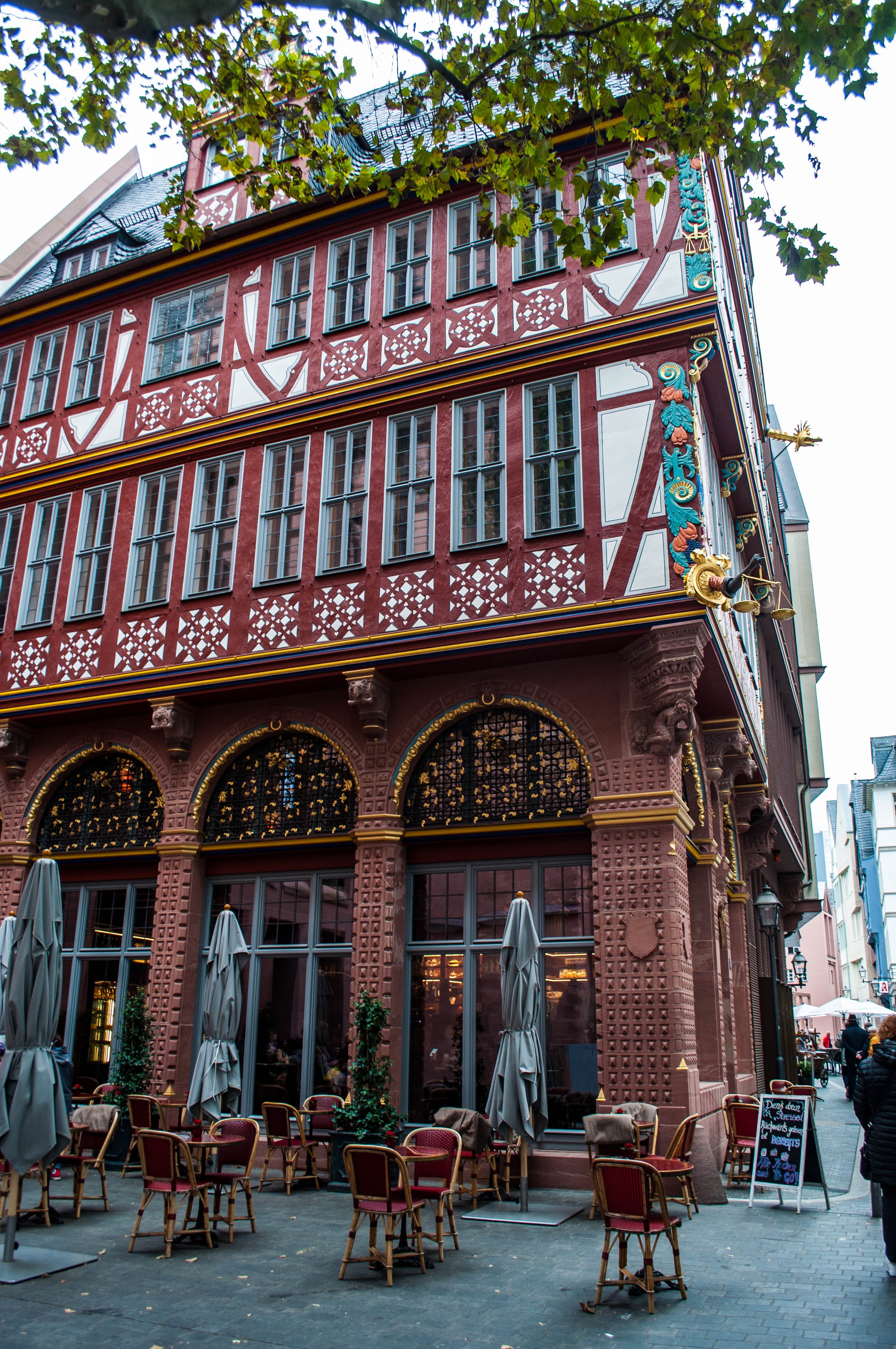
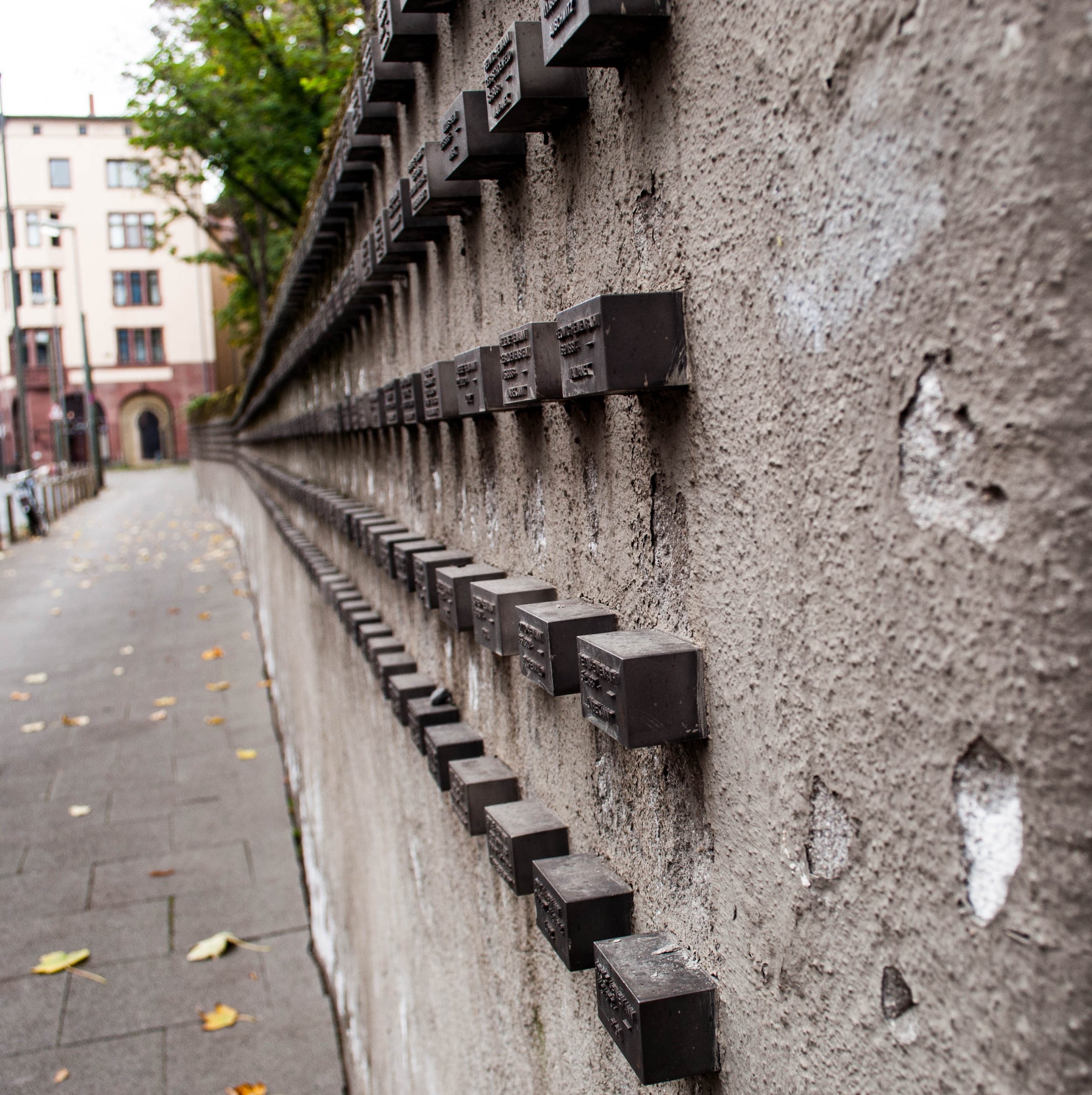
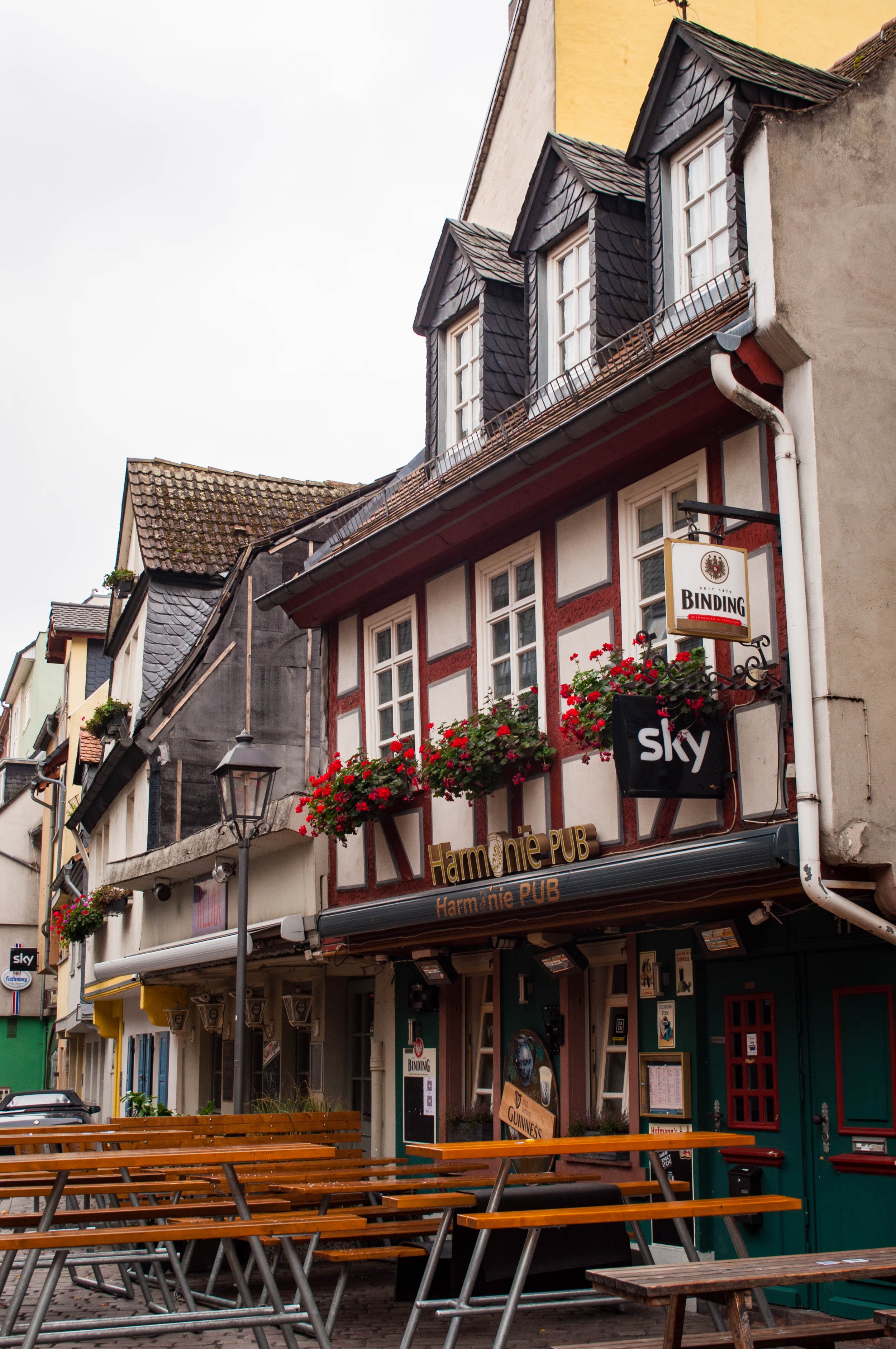
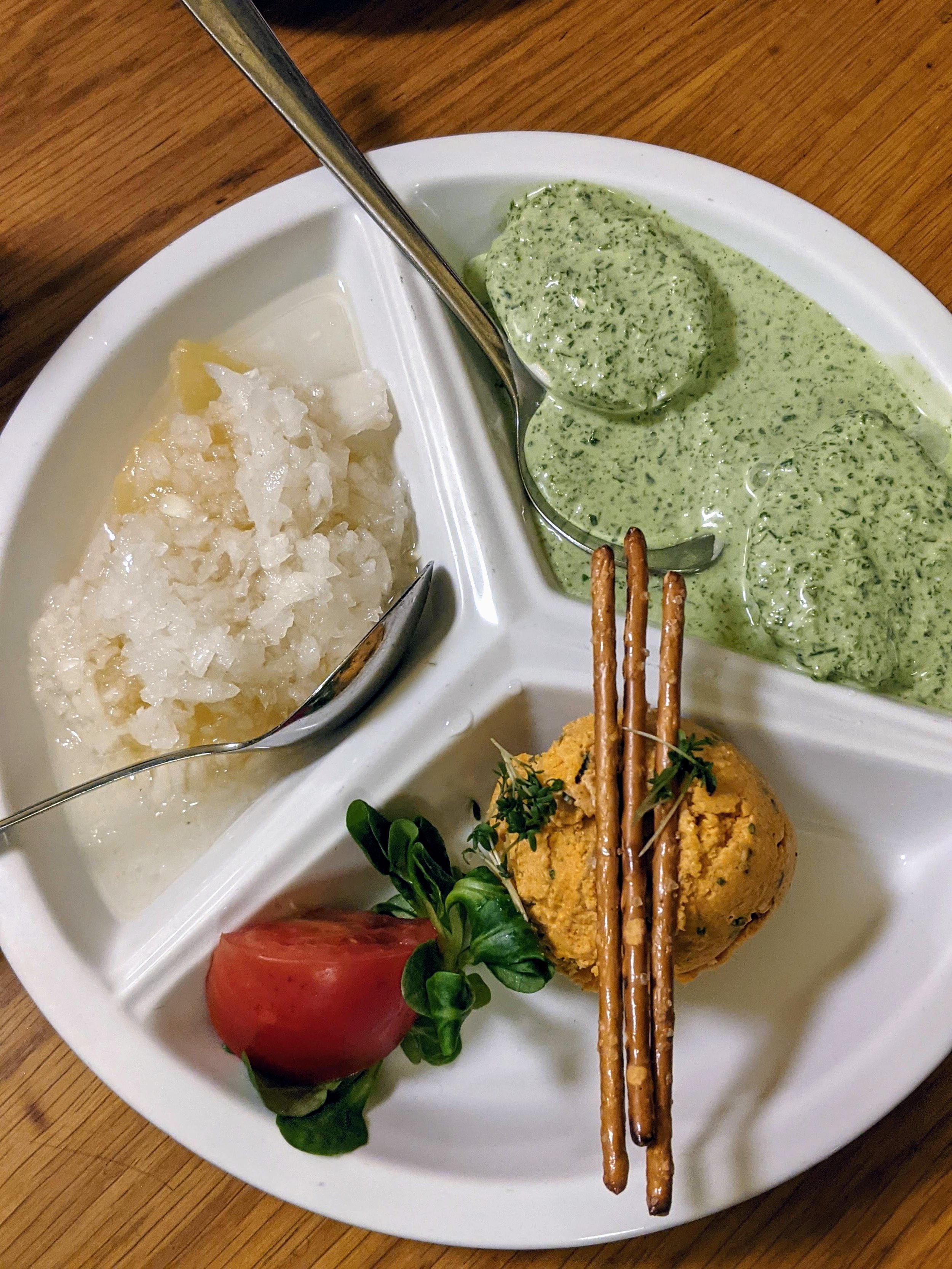
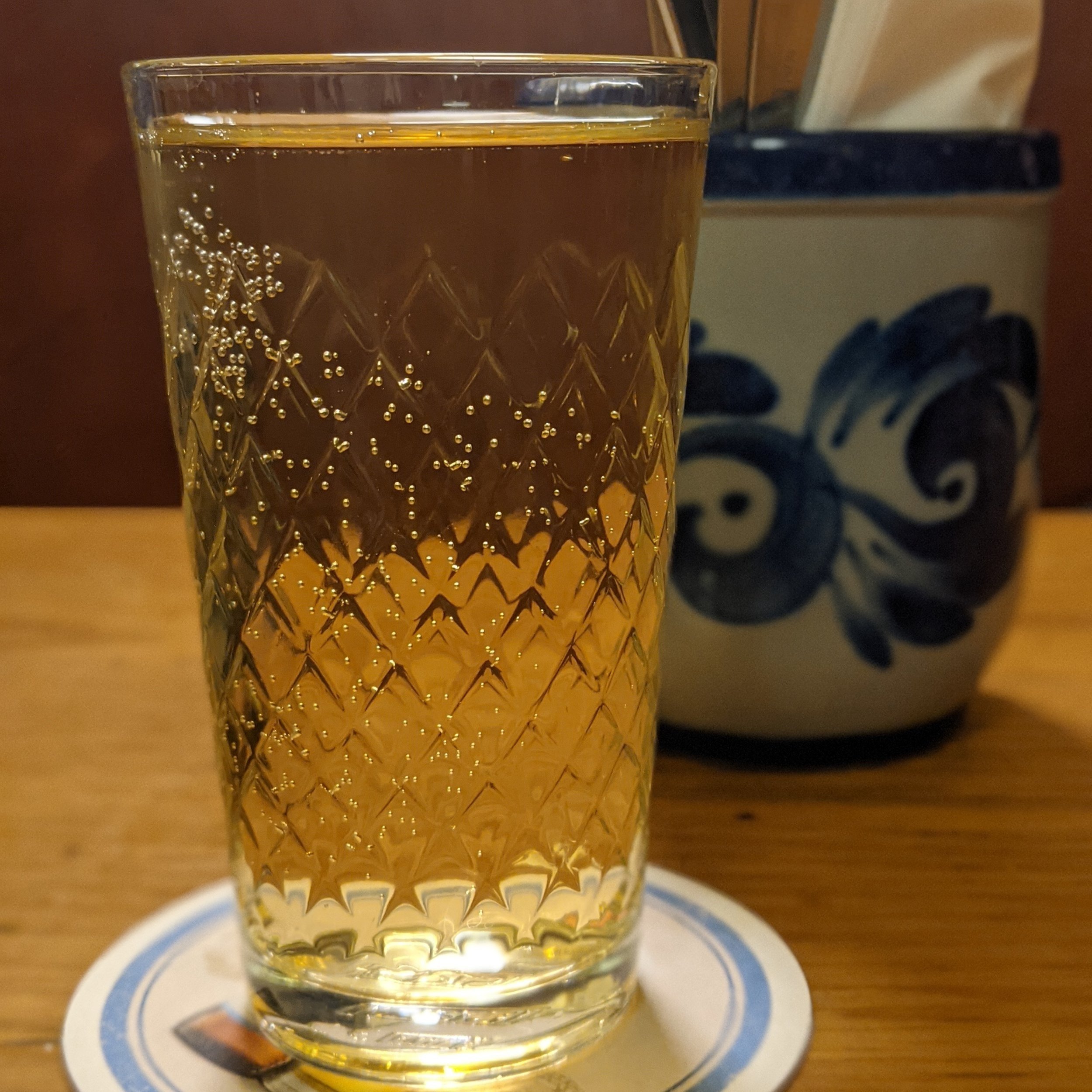

![Best European cities to visit in March [+30 ideas]](https://images.squarespace-cdn.com/content/v1/58ae4fa346c3c4b688b9ac9f/1676418626875-LE8N0ADXJ33Q8CGEUPBS/Things_to_do_in_Lake_Como_Comer_See_Reisetipps+Image+2021-06-09+at+16.55.16+%281%29.jpeg)

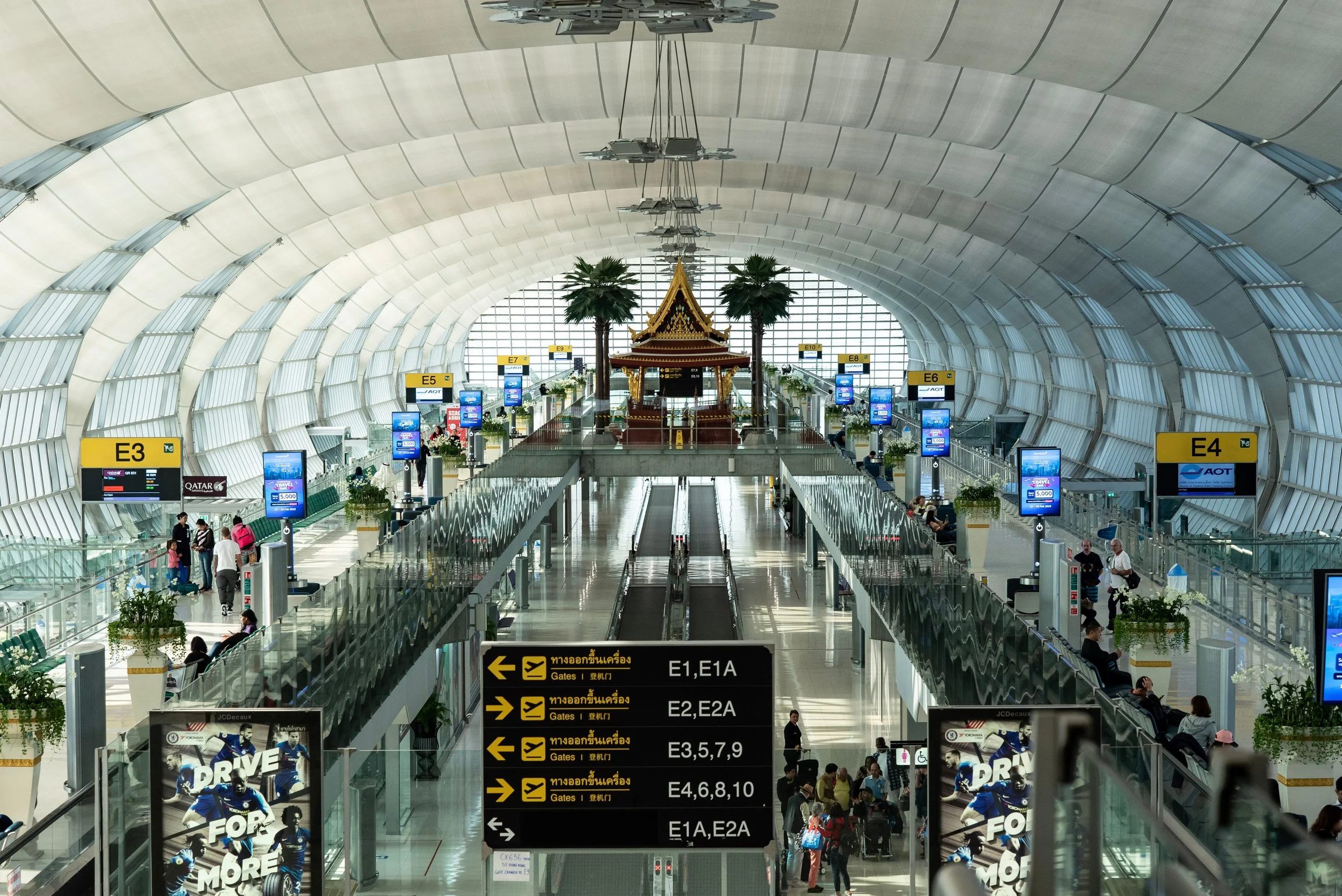





June is a great time to take vacations, the summer crowds are not yet in full swing and in the southern hemisphere, you can enjoy the start of winter. June is also a month of festivals for a lot of cities which can be great to see the local culture.
I’ve compiled several suggestions for the best places to travel in June, although there is no such thing as a bad choice. You’ll find great choices in this article on every continent! So, if you have available PTO continue reading to get your wanderlust at its peak!